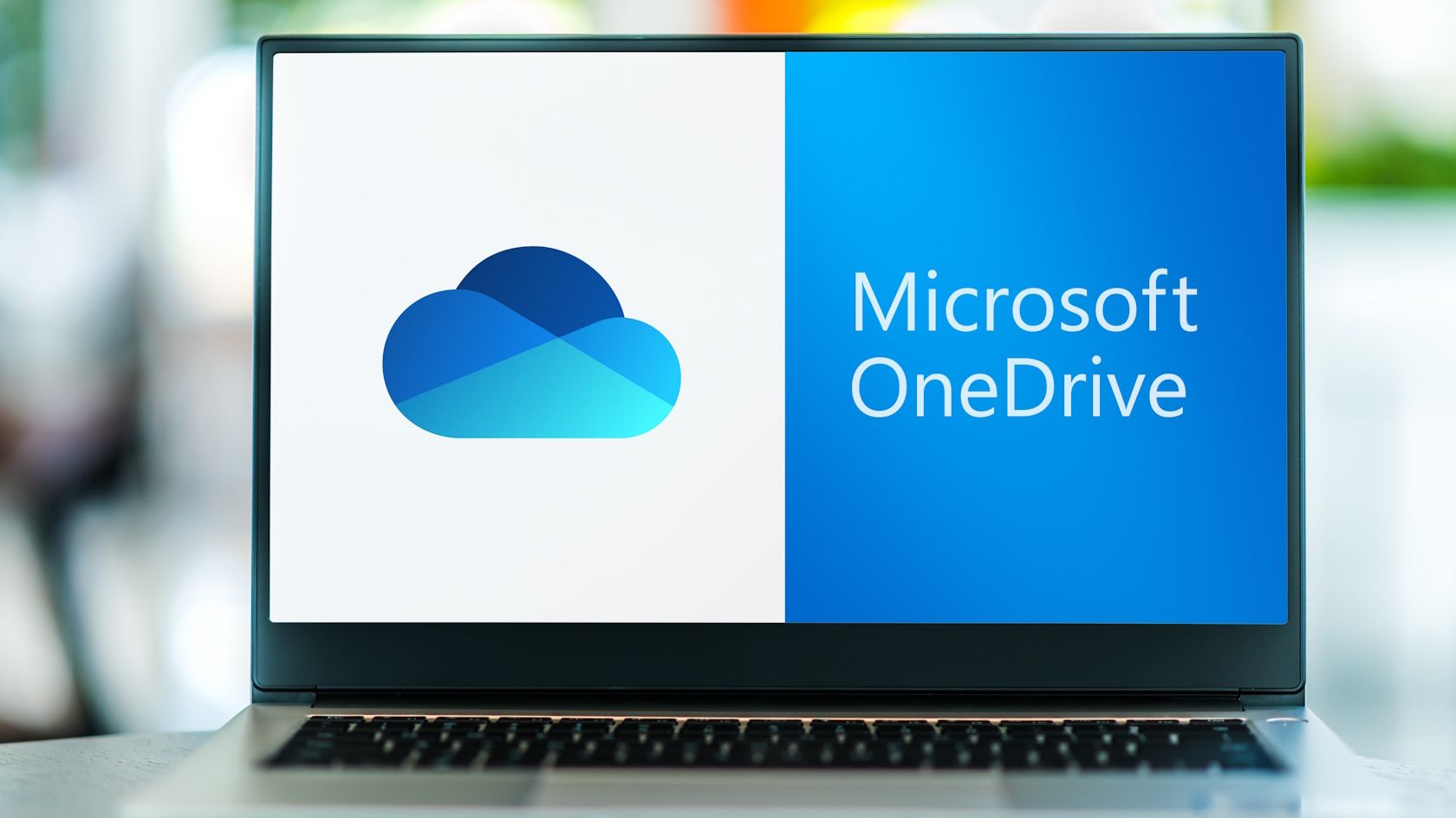Keeping your data safe, making sure you can access it from anywhere, and sharing it with others are key to modern work. Microsoft offers two tools for this: OneDrive and SharePoint. But how do they differ, and which one is best for you? Let's look at what sets them apart.
1 Different Target Audiences
Shutterstock<\/a>"">
Microsoft OneDrive is a cloud-based file-hosting service aimed at individuals or small teams. You can use it as a personal storage space for the confidential data that you share with a small group of people. Its smooth integration with Office applications makes it a great pick if you’re a student, freelancer, or self-employed.
Microsoft SharePoint is a cloud-based content management system for streamlined team collaboration. You can create SharePoint sites to store files and make them available to specific departments or an entire organization. Individuals on a SharePoint site can view and, depending on permissions, edit the work of others.
Microsoft advertises these products differently. It markets OneDrive as a cloud storage service for individuals and small businesses. In contrast, SharePoint targets enterprises and corporations, focusing on improving teamwork rather than serving solely as a storage solution.
2 File Sharing and Collaboration
Shutterstock<\/a>"">
Collaboration and file sharing are much smoother with Microsoft SharePoint. In OneDrive, only the file owner can control who sees, edits, and shares a file. SharePoint lets a central admin assign different levels of access permission to individual users or teams.
SharePoint has an intuitive interface and features like status updates, deadline alerts, and project tracking notifications. These simplify project management in ways that OneDrive does not offer. You can also integrate Yammer—a social networking service—into SharePoint. Doing so enables team members to communicate directly.
While both platforms let users create file libraries to organize content, it’s easier to manage and navigate them in SharePoint. This is a more important consideration as the volume of data scales up. So if you prioritize easy collaboration and file sharing, SharePoint is the way to go.
Both OneDrive and SharePoint let you access your data from any device, regardless of your location. They both support syncing with devices, enabling you to transfer your data for local use on any device if needed. As such, both platforms offer essentially the same features in this area.
3 Security and Privacy
Shutterstock<\/a>"">
Microsoft has taken solid measures to ensure the security of both services. With real-time data encryption, you can back up your data on SharePoint and OneDrive. Moreover, if you accidentally delete a file, you can recover it from the recycle bin on both platforms. However, in SharePoint, you can only recover files that you can edit.
Microsoft uses a virus detection engine to scan files uploaded to SharePoint and OneDrive. This helps protect your files and online storage space. If it detects an infected file, each service will notify users immediately. SharePoint administrators can block users' access to any infected files in the database.
Despite these security measures, you should be aware of potential risks when sharing files on either platform. Avoid accidental file sharing with unauthorized members and carefully manage edit permissions to prevent data loss and theft. You should also refrain from oversharing to simplify data management and security.
4 Pricing and Storage
Shutterstock<\/a>"">
On its free plan, OneDrive provides a storage space of 15GB, which should be enough for individual use. If you need more storage, you have two options. You can subscribe to Microsoft 365 Basic, which offers 100GB at $1.99 per month. Or you can opt for Microsoft 365 Personal, which offers 1TB of storage at $6.99 per month.
In contrast, SharePoint does not offer a free plan. Its standalone package costs $5 per user per month, providing storage space of up to 1TB for each user. Alternatively, you can buy SharePoint as part of a Microsoft 365 business plan. This offers administrators up to 25TB of site storage space.
SharePoint's pricing and storage space make it preferable for team collaboration. OneDrive, especially with its free plan, is better suited to the needs of individuals.
5 More Advanced Features
SharePoint offers several advanced features that OneDrive does not. Its web publishing feature lets you publish important documents directly on your company's external website using the built-in content management system. This lets employees or consumers download such documents, whenever they need.
SharePoint also lets you add apps to internal or website pages, create employee portals, review forms, and more. It also lets you automate tasks based on user actions, like emailing new files to a specific team or project leader. OneDrive doesn't offer this feature.
Check out a few more things you can do with Microsoft SharePoint that might not be possible with OneDrive.
6 Which One Should You Use?
Shutterstock<\/a>"">
If you're an individual without a team, or a small business owner who doesn't need extensive collaboration and large storage space, OneDrive could meet your needs. However, SharePoint will be better if you manage a large team that requires frequent collaboration and more data storage.
You can also use both services since the SharePoint plan includes OneDrive. You can use OneDrive to store confidential company documents like business plans and financial records and restrict its access to a few members. Meanwhile, you can create a SharePoint site to collaborate on less-sensitive documents such as policies, schedules, and training data.
Additionally, you can sync OneDrive with SharePoint, making it convenient to use both tools and Microsoft Teams to improve your team's collaboration.
In summary, OneDrive is best suited for personal use, while SharePoint is better for larger team collaborations.






